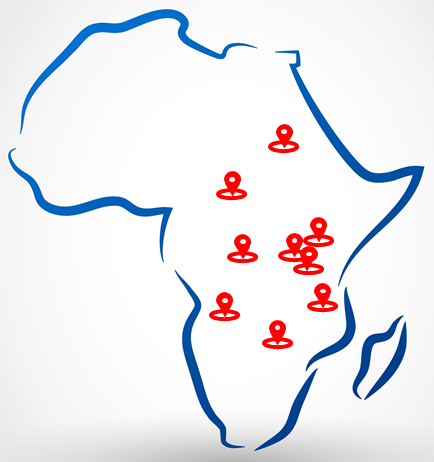Sustainability
Conflict Minerals Policy
LSE is committed to addressing human rights and environmental issues arising from mineral mining in conflict- affected regions of Africa through responsible supply chain management and close collaboration with our partners.
Conflict Minerals Regulation Policy
Conflict minerals refer to four key minerals mined in conflict zones across Africa. The use of such minerals poses the risk of financing rebel activities, while the mining process often involves severe human rights abuses, including forced labor of civilians and children.
- Conflict zones (10 countries): Democratic Republic of the Congo, Congo, Sudan, Rwanda, Burundi, Uganda, Zambia, Angola, Tanzania, Central Africa
- Conflict minerals (3TGs) : Tin, Tantalum, Tungsten, Gold

Conflict Minerals Regulation Policy
LSE has established a conflict minerals management process in compliance with international regulations, and actively supports initiatives led by the Responsible Business Alliance (RBA) and the Global e-Sustainability Initiative (GeSI) to prohibit the use of conflict minerals.
LSE regularly utilizes the Conflict Minerals Reporting Template (CMRT) with its suppliers to actively monitor the use of conflict minerals. To ensure a more systematic and structured approach, the company has established and operates internal guidelines that formalize this process.
LSE may request documented conflict minerals information to ensure that products supplied to the company do not contain conflict minerals. If any risks are identified within the supply chain, timely corrective actions must be taken. In cases where a supplier provides false or misleading information, or fails to take appropriate action despite identified risks within its supply chain, LSE reserves the right to terminate its business relationship with that supplier.
Conflict Minerals Management
LSE has established a management process in collaboration with its research and procurement departments to ensure compliance with laws and regulations related to conflict minerals, working closely with its suppliers.
-

Conflict Minerals
Status SurveyInvestigation of conflict mineral componentsand usage status

-

CMRT
Preparation/
ReviewCompilation/analysis of CMRT data selection of conflict minerals management targets

-

Inspection
Supplier written/on-site audits, origin verification

-

Improvement
ManagementSwitching to suppliers not using conflict minerals, excluding non-certified smelters, developing alternative raw materials, etc.








